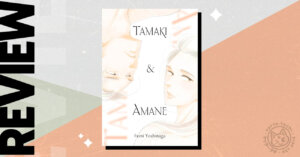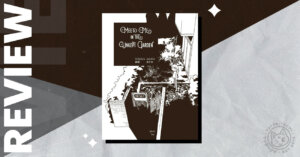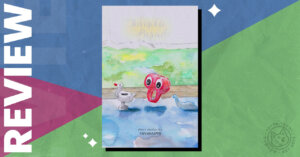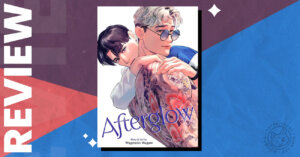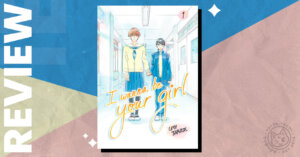Comics are unlike other artistic mediums in that they aren’t just pictures or text. They are pictures and text working in tandem, as arranged via panels and gutters. Which raises the question of how best to critique them. Some readers focus solely on the pictures. Others respond to the text. The best way, supposedly, would be to find how the pictures and text reinforce each other. Yet there are times when one of these elements is so much more developed than the other that it’s tough to find that point of synthesis. What do you do then?
Tamaki and Amane, a collection of linked short manga by Fumi Yoshinaga, is one of those books. Yoshinaga’s art is functional, but not much more than that. Her characters are attractive but indistinguishable; her layouts ignore medium-specific tricks in favor of plain conversations between two or three people interspersed with close-ups. Then why read her work? Because she’s one of the best writers of dialogue in the history of manga, that’s why.
A great vessel
Fumi Yoshinaga draws stories about real people instead of the larger-than-life cliches that tend to populate manga. Her characters have interiority. They make decisions based on their own wants and needs, rather than the requirements of the plot. And sometimes they disappoint you, but isn’t that part of life?
The structure of Tamaki and Amane is a great vessel for Yoshinaga’s strengths. Each story takes place at a different time in history, which allows for a wide range of subject matter. One is about living with terminal illness in the present; another profiles two women living through the Meiji Restoration in a rapidly Westernizing Japan; a third takes place after the World War II firebombings, where two men do their best to pick up the pieces.
A Tamaki and an Amane
What unites these stories is that there is always a Tamaki and an Amane. Sometimes they are men, sometimes they are women. They often love each other, but that love is complicated. Yoshinaga avoids the “pure love stories” you find in typical romance manga. Instead, she explores different kinds of love: the love between parent and child, captain and soldier, childhood friends who hurt each other as adults, and more.
Yoshinaga began her career drawing boys’ love manga, and there are shades of gay longing here too. But she pointedly refuses to resolve them. When the characters marry, their relationships are universally straight. There’s an air of missed opportunity when, for instance, the protagonist of the first story remembers his male first love with fondness. Now that he is married with children, there is no going back.
Still, Yoshinaga avoids demonizing anybody. Even when Tamaki or Amane end up with somebody they didn’t want, that person always has their own thoughts and feelings. Yoshinaga’s generosity extends to every character in the series regardless of their role. Nobody is disposable.
Dialogue and faces
The complex emotions of Tamaki and Amane require a certain amount of skill to evoke them on the page. Thankfully Yoshinaga is competent at drawing human facial expressions despite her lack of artistic ambition elsewhere. Her close-ups always hit the necessary emotional beats: joy, fear, disgust. As a reader, I always bought Yoshinaga’s dialogue emanating from a character’s mouth because the foundation had already been laid.
This is where Yoshinaga’s simple visual language pays off. The characters and their feelings are presented in a clear and unpretentious way. Therefore, the reader knows exactly where to look in order to understand the story: the dialogue and the faces. While I think that Yoshinaga could have differentiated each story further by changing up how scenes are presented, her direct approach at least keeps Tamaki and Amane accessible to a wide readership.
Small beads of happiness
At the end of the volume, Yoshinaga offers an answer as to why there is always a Tamaki and an Amane. It’s a neat moment that reminds me of mosaic novels like Cloud Atlas and The Actual Star, but the series leaves its threads loose, rather than fully unifying them. As a result, it retains a certain ghostlike quality. Each story haunts the next; even Yoshinaga’s too-similar faces shift from a weakness of her approach into a strength in this respect.
Tamaki and Amane threads small beads of happiness along lifespans of missed chances. That sounds like depressing reading, but that isn’t the case. Even in hard circumstances–arranged marriages, sickness, postwar Japan–Yoshinaga’s characters strive to live their lives according to their needs. They succeed more often than they fail.
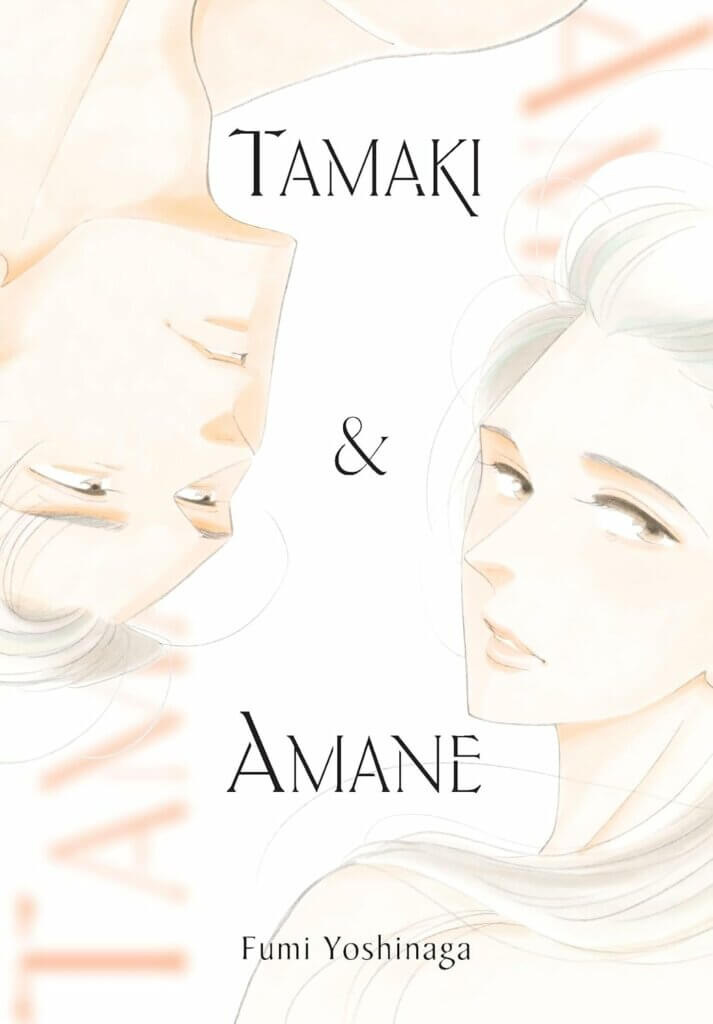
Verdict
Tamaki and Amane is a great story collection for Yoshinaga fans as well as an excellent starting place for beginners. It offers multiple flavors of historical fiction as well as two (quite different) stories set in the modern day. My only reservation is that these stories all share the same visual language despite varying in theme and content. It works for her purposes, but I’d like to see her experiment a bit more as an artist, just to see if she can find new ways to show off her dialogue.
If you liked Tamaki and Amane, you may like…
- Ooku: The Inner Chambers
- Spirit Circle
- Antique Bakery
Tamaki and Amane is available from Bookshop, Amazon and Barnes and Noble.
Credits:
Story and Art by Fumi Yoshinaga
Translation by Taylor Engel
Lettering by Adnazeer Macalangcom
Published in English by Yen Press
Thank you to Yen Press for the advance copy for review. Receiving this advance copy had no effect on the reviewer’s opinions as expressed here.
The Good
- Yoshinaga’s mastery of dialogue is second to none
- Excellent characterization
- Variety of stories and settings
The Bad
- Art is just as functional as it needs to be
- Faces can be tough to tell apart
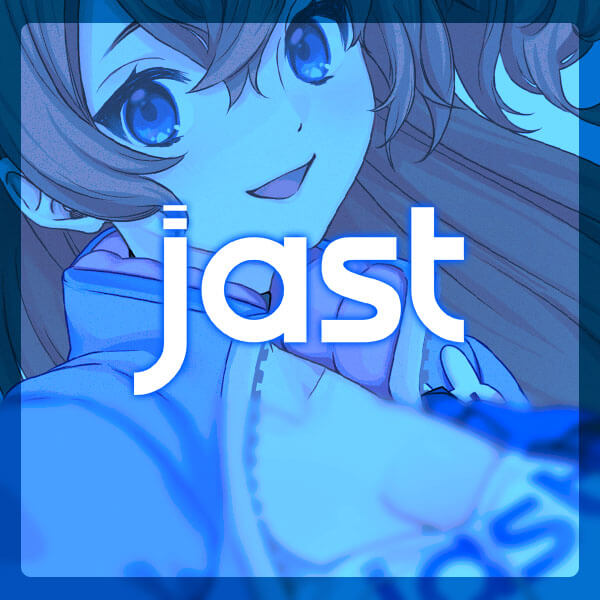
Featured Sponsor - JAST
The sweetest romance and the darkest corruption, the biggest titles and the indie darlings; for visual novels and eroge, there's nowhere better.
Big thank you to our supporters
From their continous support, we are able to pay our team for their time and hard work on the site.
We have a Thank-You page dedicated to those who help us continue the work that we’ve been doing.
See our thank you page
